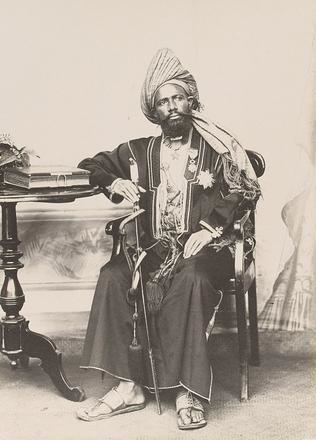 | ||
Several Sultanates on the Comoros, an archipelago in the Indian Ocean with an ethnically complex mix, were founded after the introduction of Islam into the area in the 15th century. Other uses depending on the island could also be styled fani, mfaume and ntibe. Unlike sultans in many other Arab nations, these sultans had little real power. At one time alone on the island of Ndzuwani or Nzwani (today Anjouan), 40 fanis and other chiefs shared power of the island; Ngazidja (today Grand Comore) was at many times divided into 11 sultanates. This article addresses the major ones.
Contents
- Sultans of Itsandra
- Sultans of Mitsamihuli
- Sultans of Washili
- Sultans of Bajini
- Sultans of Hambu
- Sultans of Hamahame
- Sultans of Mbaku
- Sultans of Mbude
- Sultans of La Dombe
- Sultans of and on Mwali Mohli
- References
The term Shirazis (derived from the former Persian capital Shiraz) is a reference to Iranian roots in some dynasties. The Sultans of Hamamvu who are also Sultans of Aldabra (Wa-Shirazi Sultans) are a surviving dynasty that are of the Imperial Persian royal line and carry an extant connection to the Wa-Shirazi people of the East African Coast.
The historical sultanates based the following five cities have been collectively proposed as a UNESCO World Heritage site:
They have not yet been inscribed as such.
Sultans of Itsandra
Styled "Mfalme"
Sultans of Mitsamihuli
Styled "Mfalme"
Sultans of Washili
Styled "Mfalme"
Mukou
Sultans of Bajini
Styled "Mfalme"
Sultans of Hambu
Styled "Mfalme"
Sultans of Hamahame
Styled "Mfalme"
Sultans of Mbaku
The Sultan was also styled mfalme; the only known incumbent (no dates) was: Bwana Fumu.
Sultans of Mbude
Sultans (also styled mfalme) (no dates available):
Sultans of La Dombe
The Sultan was also styled mfalme; the only known incumbent (no dates) was: Febeja Mambwe.
